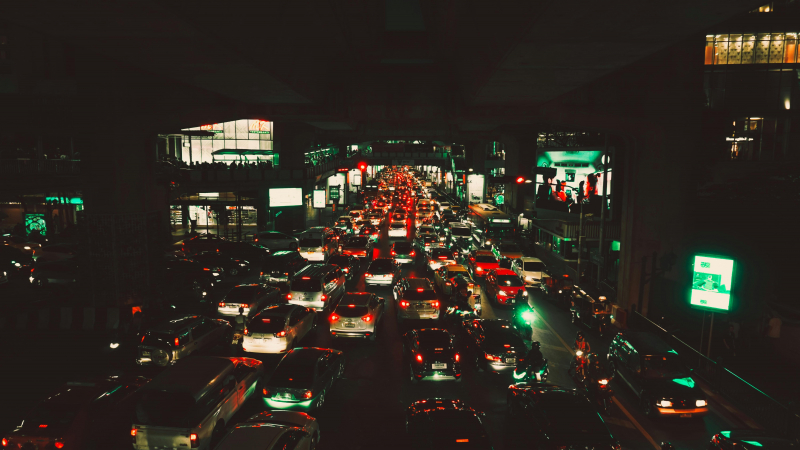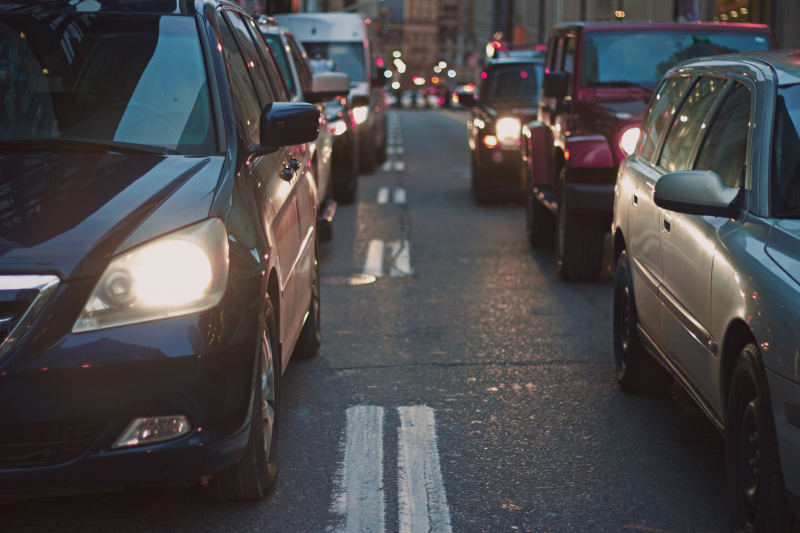Traffic
Essay Topic: The Cause and Effects of Rush Hour Traffic
Answer:
In modern urban life, few experiences are as universally frustrating as rush hour traffic. The causes of this daily gridlock are complex, often stemming from a combination of factors that collectively contribute to a perfect storm of congestion. The effects, in turn, ripple through various aspects of our lives, impacting not only individuals but also the overall efficiency of cities.
One primary cause of rush hour traffic is the sheer volume of vehicles on the road. As more people move to urban areas, the demand for personal transportation increases. Cars become a necessity rather than a luxury, leading to a surge in traffic during peak commuting hours. This influx of vehicles creates a bottleneck effect, slowing down the entire transportation network.
Another significant contributor is inadequate infrastructure. Many cities were not designed to accommodate the current volume of traffic, leading to roads and highways that struggle to handle the load. Insufficient public transportation options also force more people to rely on personal vehicles, exacerbating the problem.
The effects of rush hour traffic extend beyond mere inconvenience. Commuters experience heightened stress levels, impacting both their mental and physical well-being. Lost productivity is another consequence, as people spend a significant portion of their day stuck in traffic instead of engaging in more meaningful activities. Moreover, the environment suffers as vehicles emit more pollutants when idling in congested traffic.
In conclusion, rush hour traffic is a multifaceted issue with diverse causes and widespread effects. Solving this problem requires a holistic approach, including investments in public transportation, urban planning that prioritizes efficient traffic flow, and innovative solutions to reduce the overall number of vehicles on the road. Only through comprehensive efforts can we hope to alleviate the causes and mitigate the effects of the daily rush hour gridlock that plagues our urban landscapes.












